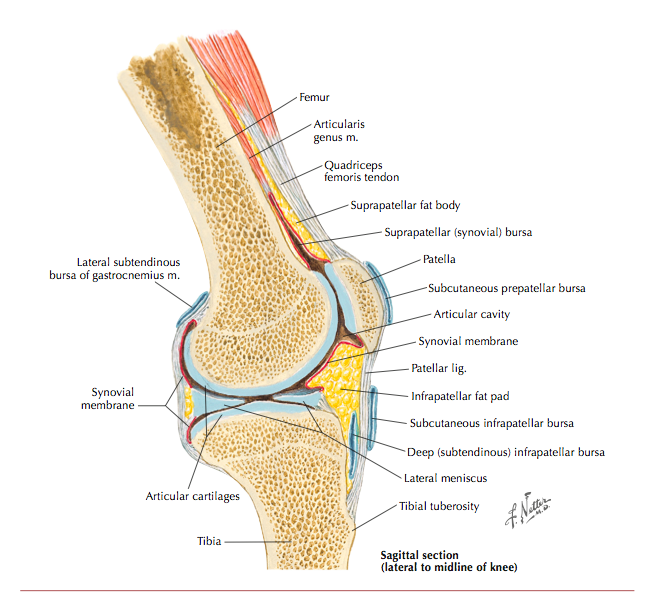Patellofemoral joint pain 2013 consensus
A research retreat was held in Vancouver in 2013 covering the resent research for patellofemoral joint pain (PFJP). There were many interesting points made in this consensus statement covering both the past and current literature. They summarised the findings of this research retreat into the following categories. The main points which caught my attention have been listed below.
Natural history and local factors affecting PFJP
- Evidence regarding the prevalence and incidence amongst sporting populations and other patient groups is lacking. It remains to be thought that it is most prevalent in the adolescent population and effects girls more than boys.
- "Although it is possible that there is a phenotype of PFP that goes on to develop PFOA, there is no evidence to support this view" (Witvrouw, et al., 2014, p. 2).
- Many people think that the lateral compartment of the PFJ is more prone to osteoarthritis (OA) however, research is now immerging that the medial compartment is often involved. Further research should regarding the mechanisms and risk factors for both medial and lateral PFJ OA.
- "Patella alta and abnormal trochlea morphology were associated with cartilage damage and bone marrow lesions (BMLs)" (Witvrouw, et al., 2014, p. 2).
- Q angle is not associated with increased risk of developing PFJP.
- "There is limited evidence that a variety of local structures contribute to nociception (and potentially pain) in PFP. These include the infrapatellar fat pad in PFP, increased water content in subchondral patellar bone in athletes and BMLs in PFOA. There is no new evidence that the retinaculum, which was previously a commonly cited soft tissue problem, contributes to nociception" (Witvrouw, et al., 2014, p.2).
(Cleland, 2005, p.286)
Trunk and distal factors affecting PFJP
- Alterations in trunk and hip biomechanics, including increased hip adduction and internal rotation, are often noted in women but not men. Rehab may need to be sex-specific.
- The effect of contralateral hip mechanics on PFJP is unclear.
- Hip extension muscle moments is noted to be lower and demonstrate less endurance on the effected side during running.
- Gluteus medius has also been demonstrated to be weaker on the side with PFJP during running.
- Weakness in knee extensor muscles has been demonstrated in walking (not running) in PFJP.
- Patients with PFJP are often observed to have increased hindfoot eversion and increased tibial internal rotation during walking, which may provide a biomechanical link between foot mechanics and knee pain.
- "The contribution of the gluteal muscles and quadriceps to PFP has been well studied in women. However, the influence of other muscles (their strength, activation, endurance) such as the hamstring, hip adductor and distal muscles such as the posterior tibialis and intrinsic foot muscles need to be investigated. Studies are also needed in men (with and without PFP) to characterise the role of all muscles" (Witvrouw, et al., 2014, p. 3).
Innovations in rehabilitation of people with patellofemoral joint pain
- "Therapeutic exercises focused on strengthening posterolateral hip muscles reduce pain and improve function when performed alone, or in combination with multimodal therapy" (Witvrouw, et al., 2014, p. 3).
"Movement feedback interventions during treadmill running may change movement patterns of people with PFP during weight-bearing activities and these kinematic adjustments may reduce PFP symptoms. However, increasing hip abductor and knee extensor muscle strength does not affect altered lower extremity kinematics associated with PFP" (Witvrouw, et al., 2014, p. 3).
And a final point to consider in clinical practice is that pain (the primary problem) should be measured across multiple domains including physical, psychological, functional/quality of life, kinesiophobia and emotional state, to clearly understand the functional impact and provide patient-specific and goal driven rehabilitation.
Sian
References
Witvrouw, E., Michael, J. C., Joshua, J. S., Brian, N., David, M, B-J., et al. (2014). Patellofemoral pain: consensus statement from the 3rd International Patellofemoral Pain Research Retreat held in Vancouver, September 2013. British Journal of Sports Medicine, 48, 411-414.
Cleland, J. (2005). Orthopaedic clinical examination: an evidence-based approach for physical therapists. WB Saunders Co.

